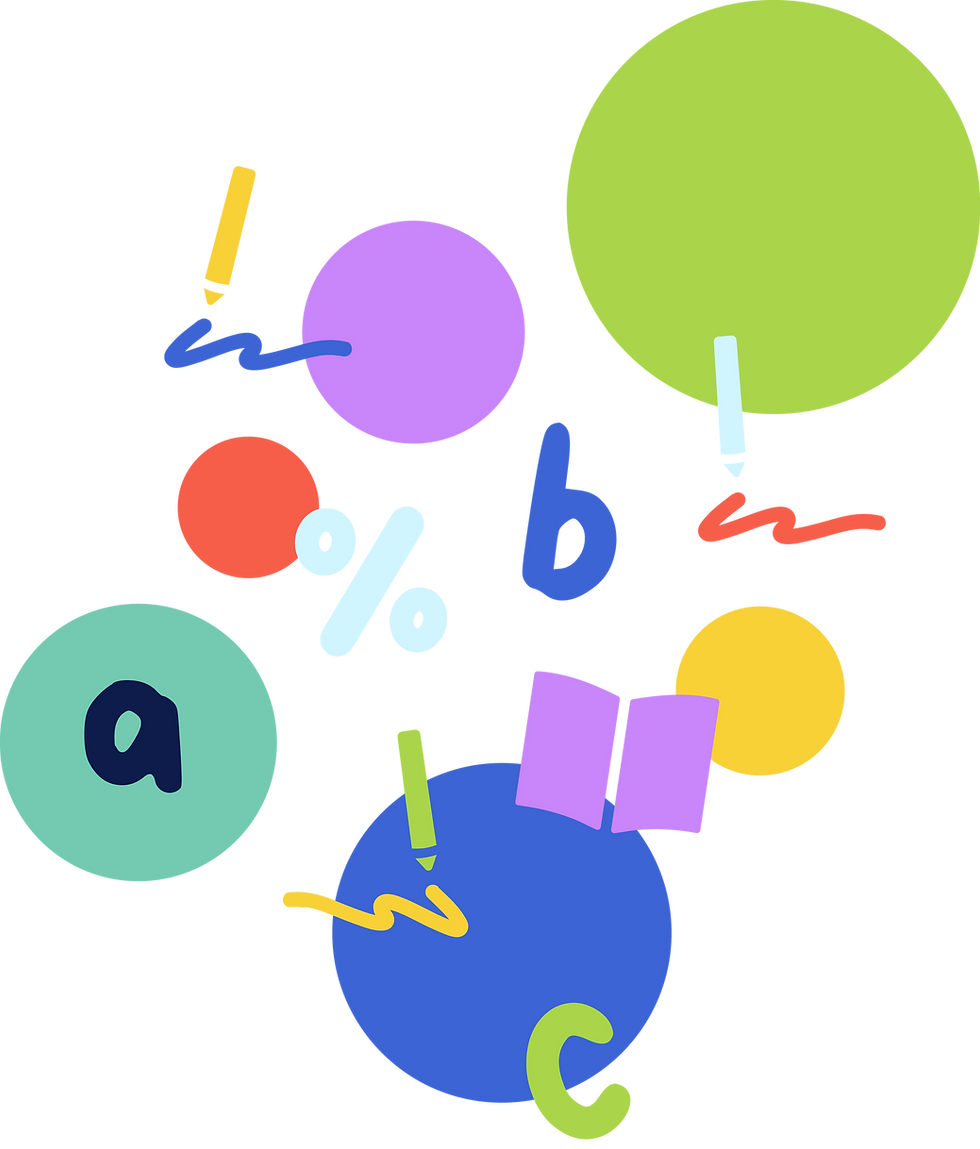
DYSGRAPHIA
Empowering children with dysgraphia to write with confidence.
DyslexAbility provides expert, one-on-one support to help children overcome the challenges of dysgraphia and build the skills they need for success.



WHAT IT IS
What is dysgraphia?
Dysgraphia is a learning difference that affects a child’s ability to write clearly, efficiently, and legibly. It is often associated with difficulties in fine motor skills, letter formation, and written expression.
While dysgraphia doesn’t reflect a child’s intelligence, it can create significant obstacles in school and daily life, impacting tasks like taking notes, completing written assignments, or expressing ideas on paper.
At DyslexAbility, we understand the unique challenges of dysgraphia and provide personalised strategies to help children develop their writing abilities and confidence.

WHAT TO LOOK OUT FOR
Signs of dysgraphia.
Does your child experience any of the following?

Illegible handwriting or inconsistent letter sizing.

Difficulty holding a pencil or experiencing hand fatigue during writing tasks.

Trouble organising thoughts on paper or writing coherent sentences.

Frequent spelling errors or difficulty copying text accurately.

Avoidance of writing tasks due to frustration or anxiety.
If these challenges sound familiar, DyslexAbility offers targeted support to help your child overcome their writing difficulties and thrive.

THE EMOTIONS AND EXPERIENCES
Challenges faced by children with dysgraphia.
For children with dysgraphia, even simple writing tasks can feel overwhelming. Without the right support, these challenges can lead to:

Falling Behind in School:
Difficulty completing written assignments can affect performance across multiple subjects.

Frustration and Anxiety:
Struggling with writing can lead to stress and avoidance of academic tasks.

Low Confidence:
Repeated challenges with writing may cause children to doubt their abilities.

Difficulty Expressing Ideas:
The gap between what a child knows and what they can write often leads to frustration.
At DyslexAbility, we don’t just address handwriting challenges; we also focus on boosting confidence, resilience, and the ability to communicate effectively in written form.
If you’re unsure whether your child has dysgraphia, reach out to our team – we’re here to provide clarity and support.

THE PROCESS
Our approach includes:

Confidence building
Celebrating small successes to encourage a positive attitude toward writing.

Fine motor skill development
Exercises to improve hand strength, coordination, and pencil grip.

Structured writing strategies
Step-by-step techniques to organise thoughts and create clear, coherent written work.

Comprehensive assessments
We identify your child’s unique strengths and challenges to create a customised intervention plan.


BRIGHTER FUTURES
What you can expect.



Improved handwriting clarity and consistency.
Enhanced ability to organise and express ideas in writing.
Reduced frustration and increased confidence in academic tasks.

THE FACTS
Dysgraphia is a difference,
not a limitation.
Misunderstandings about dysgraphia often lead to frustration and missed opportunities for support.
At DyslexAbility, we aim to empower families with knowledge and challenge common myths about dysgraphia:
Myth
Dysgraphia is just bad handwriting.

Children with dysgraphia are just lazy.

Dysgraphia can be fixed with practice.

Fact
Dysgraphia is a neurological difference that impacts writing skills, motor coordination, and written expression.

Dysgraphia is not a result of laziness; it reflects genuine challenges that require tailored support.

While practice helps, effective support involves evidence-based strategies to address the root challenges.

By understanding dysgraphia, families can take the first step toward providing the right interventions for their child’s success.

OUR IMPACT
Success stories from lives already changed

GET STARTED

Take the first step towards unlocking your child’s potential.
Dysgraphia doesn’t have to hold your child back. With DyslexAbility’s expert support, your child can develop the skills and confidence they need to approach writing with ease. Talk to our team, and together, we’ll create a personalised plan for success.
Subscribe to Our Mailing List
Core Programs
Additional Programs
Who We Help
Success Stories
Resources
Webinars
NDIS
About
Our Partners


